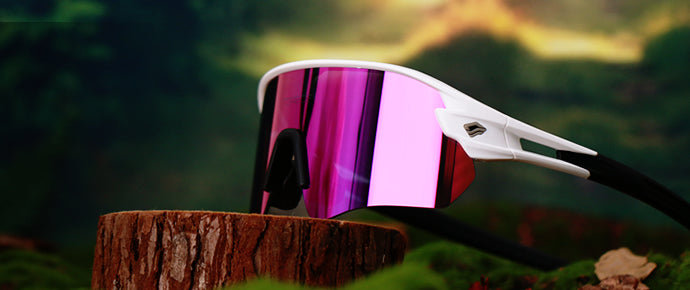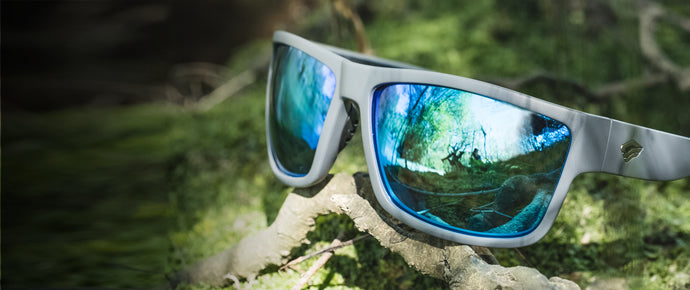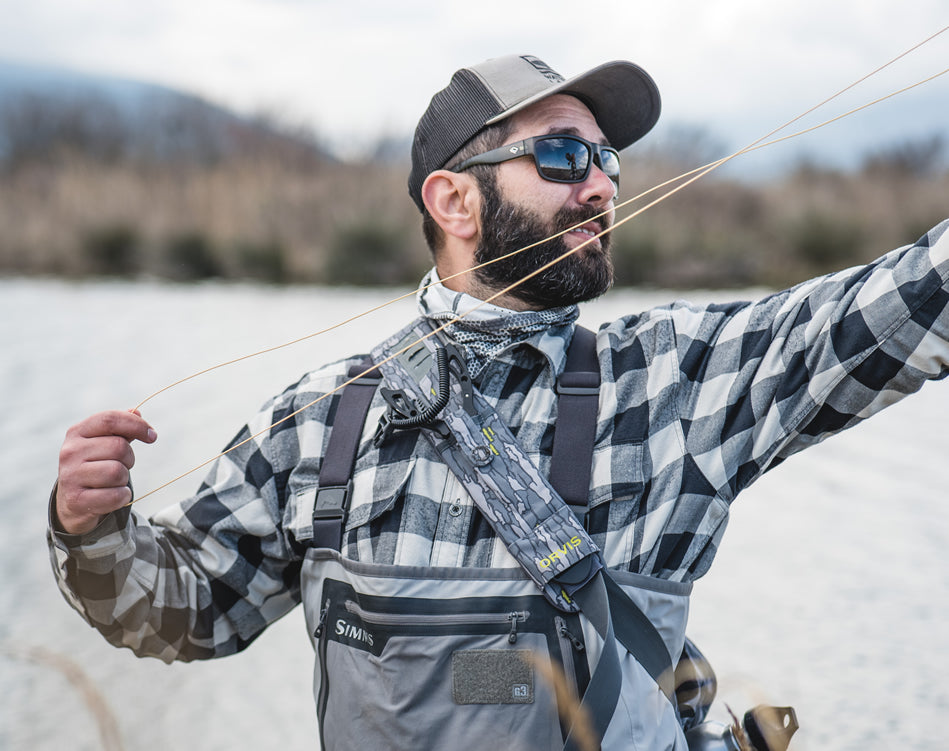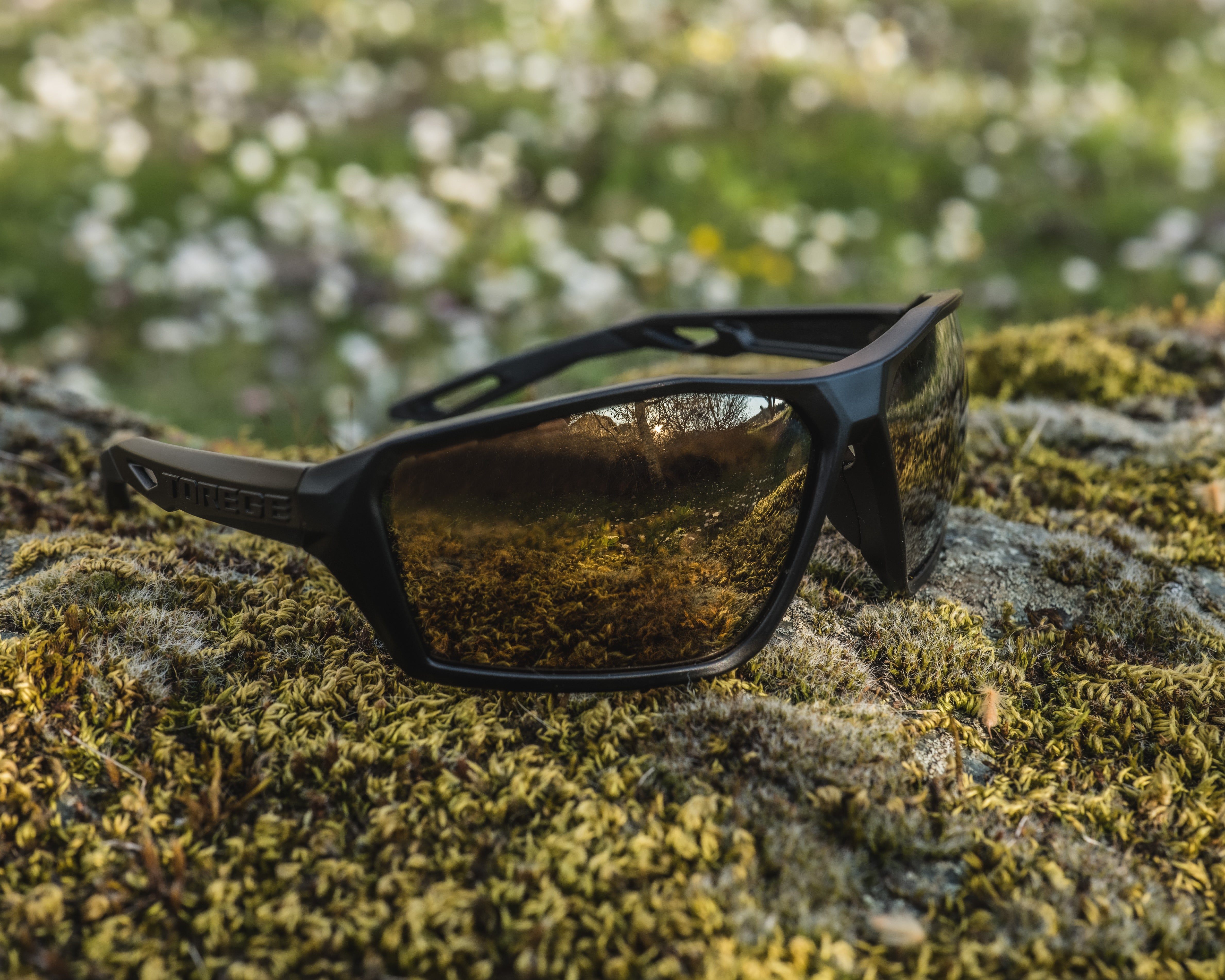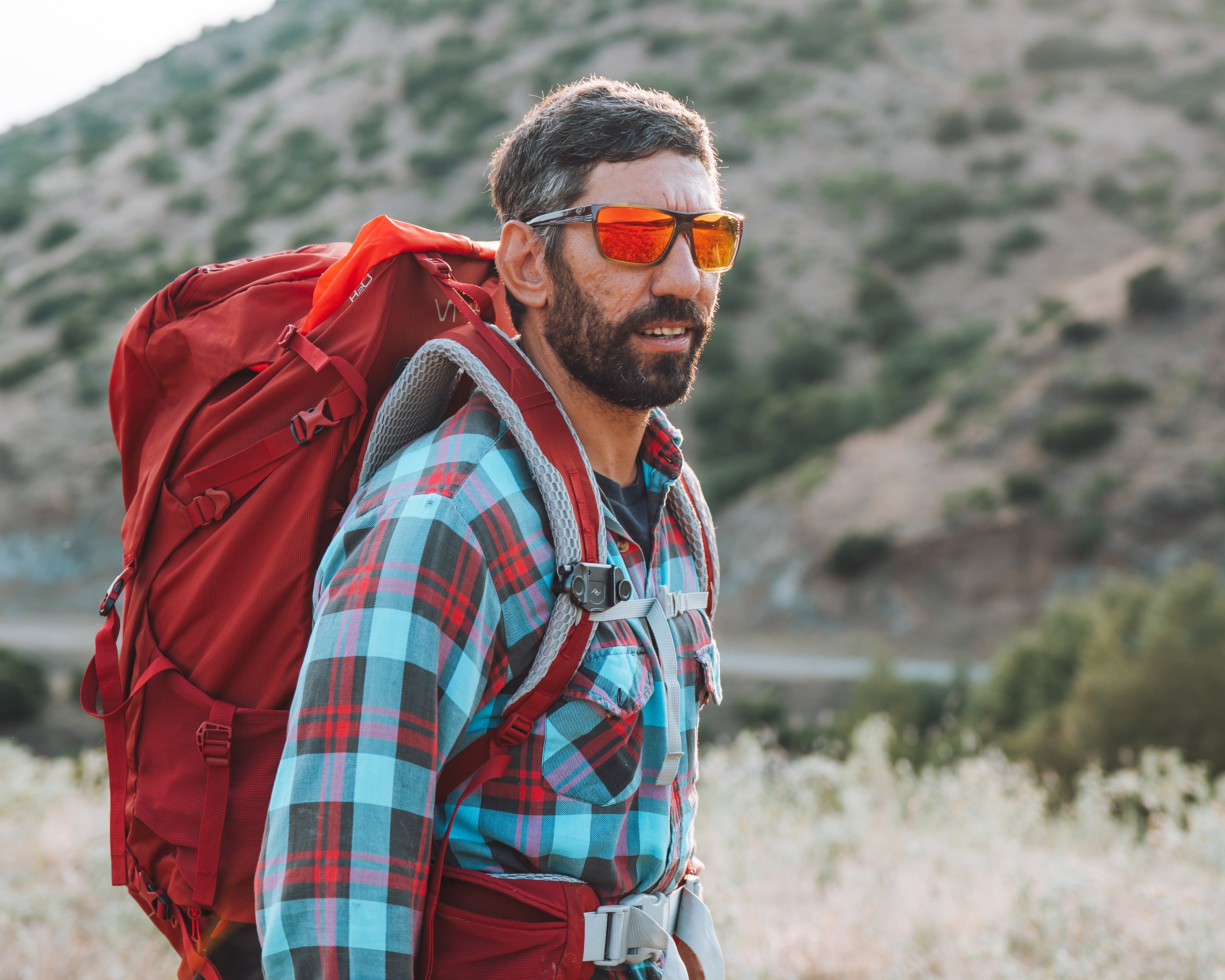The air is getting crisper, the leaves are changing colors, and temperatures are starting to drop. As fall gets into full swing, it might be tempting to ditch your sunglasses until next year. After all, the summer sun has faded away right?
Not so fast! Harmful UV rays don’t take a vacation just because it’s no longer beach season. Protecting your eyes against the sun is crucial year-round, even when it’s cooler outside.
Read on to learn why UV protection is vital in the fall and winter, and how Torege's sunglass collection can safeguard your vision all season long.
UV Rays Persist in Fall and Winter
Here’s a common misconception—UV rays only reach dangerous levels in the hot and sunny summer months. In reality, UV radiation beams down from the sun during every season.
UV radiation can be divided into three types - UVA, UVB, and UVC. While the ozone layer filters out all UVC and most UVB rays, a high amount of UVA radiation penetrates through the atmosphere year-round.
What’s the problem with UVA rays? They are the primary culprit behind long-term eye damage like cataracts and macular degeneration. Chronic UVA exposure can harm the retina and distort vision over time.
Even in the fall and winter when the sun sits lower in the sky, sufficient levels of UVA and UVB radiation reach the earth to inflict damage. Yes, even on cold and overcast days!
Let’s look at some facts:
- In some regions, UV levels can remain high from April through November
- UV radiation can reflect off surfaces like snow, ice, water, sand, and concrete
- Lighter colored eyes are especially vulnerable to UV damage
- Regions at higher altitudes receive increased UV exposure
The takeaway? Don’t let cooler fall temps lull you into a false sense of security. Protect those peepers against UV rays year-round!
UV Exposure Increases Even on Overcast Days
Don’t be fooled by cloudy fall skies either. Cloud cover only blocks a small portion of UV radiation from reaching your eyes. Significant UV exposure occurs even on overcast days.
According to the World Health Organization (WHO), roughly 60% of UV rays can penetrate light cloud cover. And up to 80% of UV penetrates mid-level cloud cover.
Even worse, some studies suggest overcast days may cause the pupils to dilate more. This inadvertently allows greater amounts of UV to enter the eye since the pupil opening is larger.
The potentially dangerous UV exposure on cloudy days might surprise you. Here are some statistics:
- 70-80% of total annual UV exposure happens during cloudy days
- UV levels can be almost as high on overcast days as on clear days
- Patchy cloud cover may enhance UV exposure due to reflection
The clouds certainly don’t block all those harmful rays. So even in dreary fall weather, keep the UV-blocking shades on hand. Protecting your vision doesn’t take a sick day!
Long-Term Effects of UV Exposure
What exactly happens if you ditch the sunglasses once summer ends? Is a little extra UV exposure really that big of a deal?
In a word, yes. Unprotected UV exposure can cause an array of eye problems, especially with repeated exposure over time.
Here are some of the most concerning risks:
Cataracts
UV radiation is one of the main causes behind cataract development in the lens of the eye. Over time, built up exposure can create vision-blurring cataracts. They often require surgery to remove.
Macular Degeneration
The macula is the part of the retina responsible for sharp central vision. Age-related macular degeneration can develop after years of UV exposure. It causes significant vision loss and is a leading cause of blindness.
Eyelid Cancers
Skin cancers like basal cell carcinoma can afflict the eyelids after cumulative sun exposure. Childhood UV exposure may be particularly linked to eventual eyelid cancers.
Photokeratitis
This temporary but painful condition is basically sunburn of the cornea. It’s caused by short periods of intense UV exposure like all-day boating without sunglasses. Ouch!
Pterygium
This growth on the white of the eye is often nicknamed “surfer’s eye”. Chronic UV exposure contributes to these benign but unsightly lesions. They can obstruct vision if they spread across the cornea.
The risks go on, but you get the point. UV is no joke! Don’t let shorter autumn days lull you into forgoing proper eye protection.
Pick Proper UV Protection with Torege Eyewear
Clearly, UV-blocking sunglasses are vital for eye health year-round. But not all shades are created equal when it comes to UV protection.
The Torege sunglass collection offers complete 100% UV defense. The brand uses high-quality polycarbonate lenses treated with UV-blocking layers. This ensures full UVA and UVB protection.

Here are some tips for picking effective UV-blocking sunglasses:
- Verify 100% UV protection. This should include both UVA and UVB rays.
- Darker lenses don’t necessarily equal more protection. Verify UV specs.
- Consider wraparound styles that protect from peripheral sunlight.
- Look for UV-blocking lens treatments (e.g. anti-reflective coating).
- Avoid cheap sunglasses. Higher quality means better UV barriers.
- Check for certifications from standards associations (e.g. ANSI).
- Replace older and scratched sunglasses that may have compromised UV barriers.
- For kids, go with impact-resistant, durable sunglasses.
Also, don’t forget to pick up some UV-blocking contact lens options. Contacts offer an added layer of defense against sunlight entering your eyes.
Torege Eyewear for Fall and Winter
From foliage tours to football games, Torege offers shades suited for your autumn activities. Here are some great sunglass styles to take you through the cooler months in style:
Wrap-Around Sunglasses
Torege's wraparound sunglasses provide complete peripheral sun coverage, ideal as the sun hangs lower in the sky. They help reduce glare while doing activities like cycling or driving. The wraparound frames also give wind protection.

Cat Eye Sunglasses
This retro yet chic style is perfect for fall fashion. Lightweight plastic cat eye frames come in autumnal color palettes. They’ll add vintage flair to your cozy sweaters and scarves. Oversize cat eyes help maximize UV barrier.
Rimless Sunglasses
Semi-rimless styles are sleek and modern. The rimless models still provide full UV protection and polarized lenses. Without obstructive frames, your peripheral vision stays clear on hikes or scenic drives.
Sport Sunglasses
For all your leaf-peeping, apple-picking adventures, Torege's sport sunglasses are a durable choice. The lightweight frames can handle active outdoor use. Integrated straps keep them secure too.
Aviator Sunglasses
Aviators will never go out of style. Torege's models have sturdy yet flexible frames suited for fall adventures. Look for adjustable rubber nose pads for a comfy fit with winter gear.
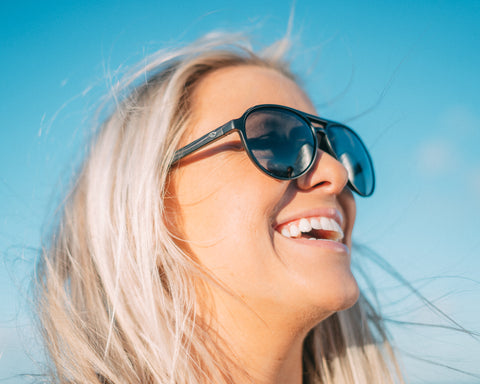
Final Takeaways
Don’t stow those shades away just yet! Protecting your eyes against the sun remains critical in the fall and winter. Make UV safety a priority by picking the right Torege sunglasses for all your autumn activities.
Remember these key points:
- UVA and UVB rays persist year-round, even on cloudy days
- Long-term UV exposure raises the risk of vision problems like cataracts
- Torege eyewear provides complete 100% UV protection
- Consider wrap-around or large lens Torege styles to protect eyes from peripheral light
Give your peepers the UV defense they deserve, regardless of the season. Have a stylish and safe autumn!
